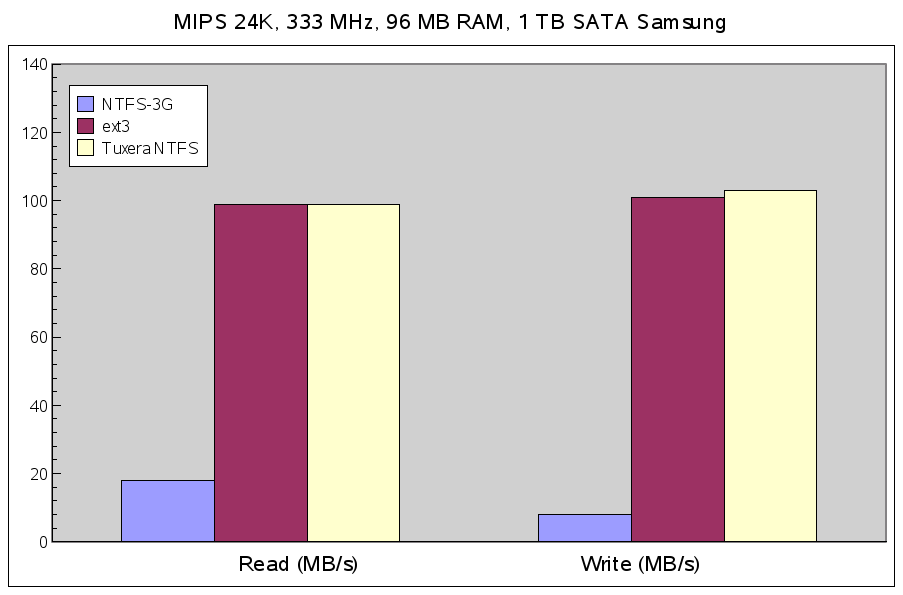SMP8634 / SMP8635 “Secure Media Processors” from Sigma Designs are used in our set-top-box and digital signage applications. In order to develop for that platform, an SDK must be purchased directly from Sigma Designs. There are different version of the SDK, once is mainly compatible with EM862X MRUA SDK and the newer one DCCHD is not, but offer a few more features. However, as for EM8620 series, the Linux kernel is open source so companies need to release the source if they modified it in their products. For example, you could download the GPL source released by Netgem – http://www.netgem.com/en/supportLinux.php for both Linux and utilities used in their NetBox HD. This is only the GPL source for your reference, after that there are also sigma linux drivers (not released by sigma) and not GPL, and the MRUA/DCCHD package that needs to be purchased from Sigma Designs. Contrary to EM8620 series […]
Optimizing hard disk and compact flash performance in Linux Embedded Systems
Compact flash are often used in Digital Signage applications and hard-disks used in both signage application and IP set-top-box to play high definition videos. However, sometimes the performance of those devices and the performance limitations of embedded systems may make the task difficult especially for higher bit-rate videos. Choosing the right file system Once of the easiest way to improve performance is to select an appropriate file system. The best performance is achieved by ext-2, followed by ext-3, fat 32 and ntfs on the embedded system I worked with at least (e.g. Sigma Designs EM8620 and SMP8630 series). Basically, if your CF card/HDD is not supposed to be taken out of your device, then ext-2 is the obvious choice. However, if your user for whatever reasons need to take the devie out and connect it to a Windows PC FAT 32 or NTFS might be a better choice, although it […]
NTFS for Embedded Linux Systems
Since now more and more HD videos are larger than 4GB they can not be stored into FAT32 file system, and require the use of other file systems, the most popular being ext2/ext3 or NTFS. However, since many users may want to access the mass storage devices (IDE / SATA harddisk, USB Harddisk, USB Thumbdrives…) in Windows as well as in their embedded systems (IP STV, Digital Signage..) NTFS seems to the best choice to share data between Windows systems and embedded systems using Linux. NTFS is available in the Linux kernel. However only read-only is fully supported and the performance is about 25% less than ext-2 or ext-3 for the platforms we tested (EM8623L and SMP8635), but this is still acceptable to play most of HD Videos. However, if the device also needs to download videos from a server or other P2P clients, having a read-only file system will […]





